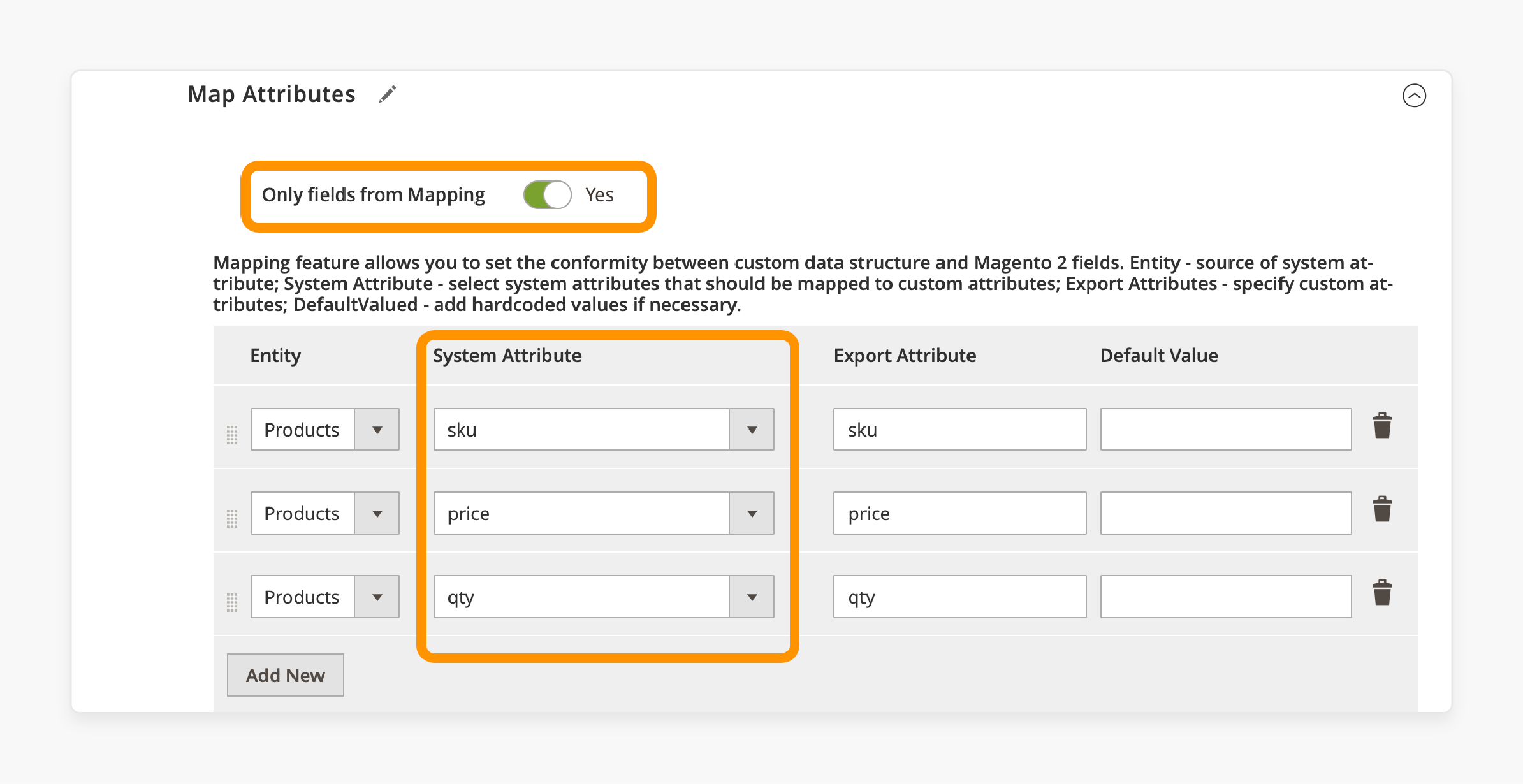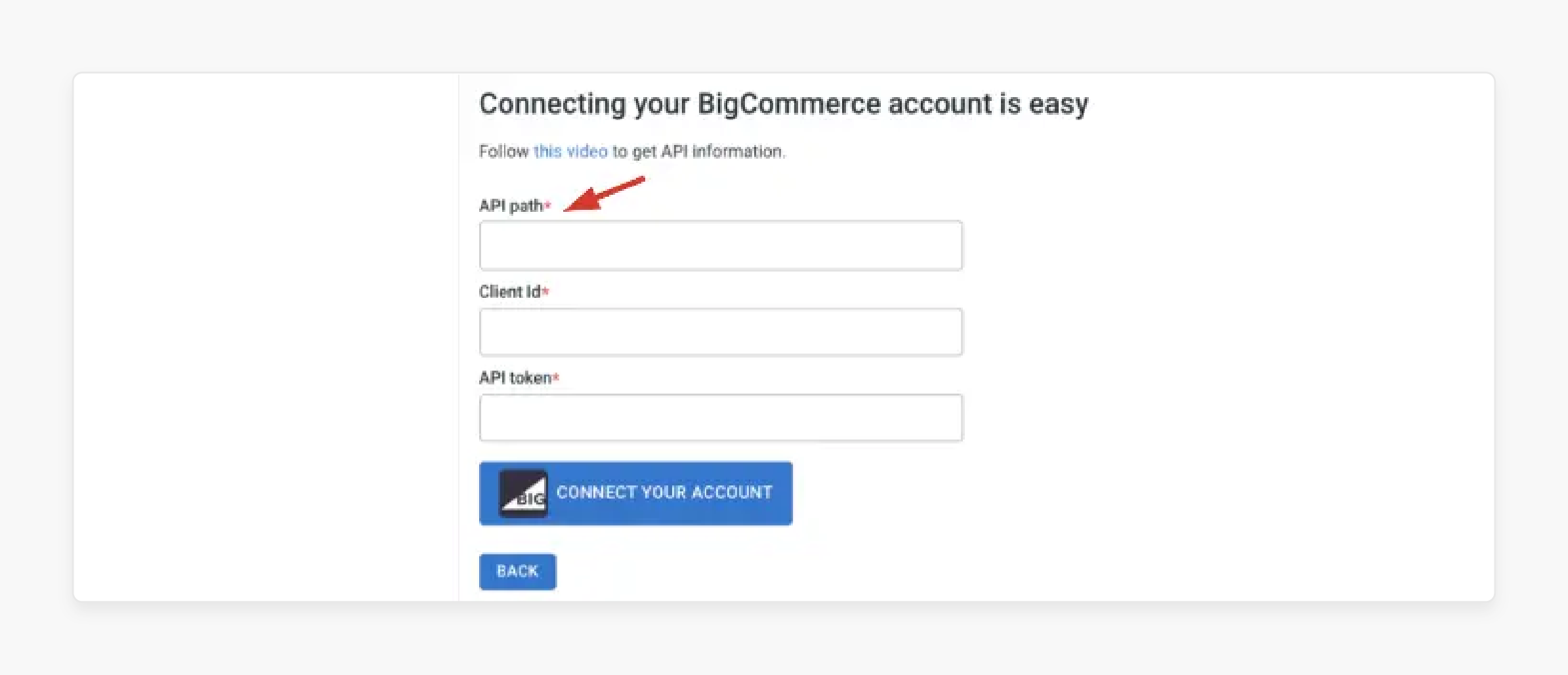
Key Features and Types of Magento Marketplace Integration
Are you ready to simplify selling across multiple marketplaces? Magento Marketplace Integration links your Magento online store with top marketplaces. The features simplify integration, improve management, and boost sales.
This article will cover how to expand your store's reach with their best practices.
Key Takeaways
-
Magento Marketplace Integration links your store to Amazon, Etsy, and more.
-
Improved Import & Export extensions make integration simple.
-
Key features simplify managing products and handling orders across platforms.
-
Different types of marketplace integration in Magento 2.
-
Best practices help improve efficiency and grow sales on all platforms.
-
The Only Solution You Need for Magento Marketplace Integration
-
Best Practices for Multiple Marketplace Integration for Magento Stores
What is Magento Marketplace Integration?
Magento Marketplace Integration connects your Magento e-commerce store with multiple online marketplaces. It enables centralized management of products and orders across different selling platforms.
Magento Marketplace Integration links your Adobe Commerce store with marketplaces. It includes Etsy, Amazon, and eBay. It also uses a connector to let merchants manage product listings and inventory. The system supports smooth data flow and helps sellers to synchronize their operations. With tools, retailers can start selling on multiple platforms and grow their business.
The Only Solution You Need for Magento Marketplace Integration

The Improved Import & Export Magento 2 extension solves two key challenges. It is done with third-party connectors:
-
The module supports two-way data transfers. It is easy to import and export product data between Magento 2 and external systems.
-
It offers flexible linking and filters to merge with marketplaces. This is done through file transfers or via API.
The module clarifies data transfers for your ecommerce platform. It includes advanced linking features. A ready-to-use template adjusts feed data to match the needs of platforms like the Etsy store. The Adobe Commerce extension automates tasks with crons. This ensures a live link to keep operations up-to-date.
Merchants can configure integrations. It focuses on growth and boosts efficiency while selling products in the marketplace.
5 Key Features of Magento Marketplace Integration
1. Real-Time Synchronization
Live sync updates your products on the marketplace instantly. For example, a seller on Etsy.com can automatically adjust stock levels when an item sells. It ensures a seamless experience across marketplaces like Amazon. It reduces errors and saves time.
2. Order Management
Orders from multiple platforms are managed in one place. It is done through the Magento admin panel. For example, a seller running a store with the marketplace can process orders. It helps them to update shipping details and manage returns without switching systems.
3. Multi-Channel Support
Selling on multiple platforms is easier with multiple Magento stores. For example, a fitness gear retailer uses combined Magento functionality. It organizes inventory and pricing across Amazon, reducing workload and improving accuracy.
4. Bulk Product Uploads
Bulk uploads save time by items large catalogs quickly. For example, a furniture store uses Magento plugins to upload hundreds of products. The feature avoids manual work and ensures all items are accurate.
5. Automated Workflows
Automated workflows handle repetitive tasks like inventory linking. For example, a toy seller uses plugins with CRON jobs to update inventory every two hours. They receive timely notifications, ensuring smooth and error-free operations.
Types of Magento Marketplace Integration
1. Magento API Integration

The method connects Magento with other selling platforms using APIs. An interface key is a unique code that identifies and authenticates users or applications. With Magento API integration, data is exchanged and linked easily across platforms. It allows you to link multiple channels together for efficient management.
2. CSV File Import Integration for Magento
If you do not have a store on a digital platform, you can still use CSV file import to merge your Magento 2. A CSV (comma-separated values) file is a text file containing your details. In this method, the CSV file acts as the input data. You can import it into a marketplace integrator. Users can easily connect to multiple platforms.
When using Magento 2, you must provide the correct fields. It includes a username and password to complete the integration. This ensures the smooth linking of product information inventory. It orders across Adobe and other popular platforms.
Best Practices for Multiple Marketplace Integration for Magento Stores
1. Choose the Right Marketplace Integrator
-
Pick a reliable Magento 2 marketplace extension that supports your marketplaces.
-
Ensure the extension works well with Magento 2. It supports live linking, items, order management, and inventory control.
2. Centralize Inventory Management
-
Use a central inventory system to link stock across all channels. It keeps inventory accurate on both your Magento 2 and connected marketplaces.
-
It helps automate this process and ensures your details are linked.
3. Optimize Product Listings for Each Marketplace
-
Customize your items for each marketplace. Each one has different requirements for titles, images, and categories.
-
If you sell vintage items, list them in a single category on Etsy. It adjusts your details to meet the marketplace rules.
4. Use Live Data Synchronization
-
Use live sync to keep inventory, pricing, and product details accurate across platforms.
-
Choose an integration tool that provides real-time updates. They help to avoid issues with outdated information.
5. Monitor Order Management Across Channels
-
Use an organized order management system to handle orders from multiple platforms. It is easier to process and track them.
-
This lets you manage orders from different platforms directly in your store.
6. Focus on Customer Experience
-
Ensure consistent customer service across all platforms. Respond to inquiries quickly and offer standard policies for returns and shipping times.
-
Use a PIM (Product Information Management) system with Magento 2. It maintains consistent product information across platforms.
7. Keep Marketplace Fees and Policies in Mind
-
Understand the fee structures and policies of each marketplace. Include these fees in your pricing to stay profitable.
-
Review the frequently asked questions for each marketplace. It helps to stay updated on their rules.
8. Ensure Multi-Currency and Multi-Language Support
-
If selling internationally, make sure your online store supports multiple languages and currencies. It helps reach global customers.
-
Many marketplace linkages include these features, making it easier to manage sales worldwide.
9. Automate Pricing and Promotions
-
Set up automated pricing and promotions to stay competitive. Dynamic pricing adjusts based on market conditions.
-
Create automated promotions and discounts across all platforms to increase sales.
10. Maintain Data Security and Privacy
-
Protect customer and transaction data. Make sure your integration meets privacy laws like GDPR.
-
Use secure data transfer methods to keep sensitive information safe. It remains between your Magento 2 and marketplaces.
11. Track Performance and Analytics
-
Monitor sales, inventory levels, and customer behavior. Use analytics to improve your strategy.
-
Adjust items, prices, and promotions based on data insights.
FAQs
1. What is Magento Marketplace Integration?
Magento Marketplace Integration connects your Magento store to different platforms. It includes platforms like Amazon and eBay. It saves time and lets you sell on multiple platforms easily.
2. Do I need to install software to integrate Magento with platforms?
You need to install a Magento extension. These extensions link product details and inventory between Magento. It is easier to sell across platforms.
3. Why should I use a PIM system for Marketplace Connectivity in Magento 2?
A product database system manages product details in one place. By linking it with Magento 2, you can keep product details consistent across your store. It reduces errors and saves time.
4. Can I integrate Adobe Commerce with Magento for marketplace selling?
You can merge Adobe Commerce with Magento. Use Magento extensions to link products, orders, and inventory across both platforms. It clarifies managing sales from different channels.
5. What are some frequently asked questions about managing multiple marketplaces with Magento?
Common questions include how to link inventory, update listings, and manage orders. With Magento extensions, these tasks can be automated. It is easier to handle multiple platforms in one system.
Summary
Magento Marketplace Integration connects your Magento 2 store with platforms like Amazon. It helps manage your items, inventory, and orders on multiple platforms. You can control all your sales from one place, saving time and reducing mistakes. Consider the following features:
-
Product Mapping: Matches your products to the right categories.
-
Order Management: Manages orders from all platforms in one place.
-
Multi-Channel Support: Makes selling on multiple platforms easy.
Explore Magento hosting services for easy marketplace integration and smooth multichannel selling.








